When you think of a monogamous animal, your mind might immediately go to penguins. It’s been a long-believed myth that all penguins are not only monogamous, but mate for life and never search for, or switch, partners.
Well, that’s not exactly true.
According to Seaworld.org, researchers have uncovered that both male and female penguins of different species will take multiple mates a year. For example, experts found that Adélie penguins only re-pair with their partner of the previous year 62% of the time. Meanwhile, chinstraps will re-pair 82%.
Several researchers have written papers about monogamy in mammals. It’s a rarer phenomenon, with less than 10% of mammalian species engaging in social or sexual (also known as genetic) monogamy. On the other hand, avian species rate around the 90% mark for social monogamy.
Social vs Sexual Monogamy
In mammals specifically, monogamy has two meanings:
- Social monogamy, which describes the living arrangement of an animal. It can include living in the same territory, raising young together, and obtaining resources.
- Sexual/genetic monogamy, which describes two species individuals that only reproduce with each other.
While humans think of monogamy as both a relationship with one other individual and a long-term commitment, the animal world doesn’t put time limits on monogamous relationships. Some 100% monogamous relationships last for an animal’s existence while others only last for a mating season.
Now that you know most penguin species aren’t monogamous all the time, it’s time to discover the animal species that are. Keep reading to learn about the 18 animals that are 100% monogamous.
Gray Wolves
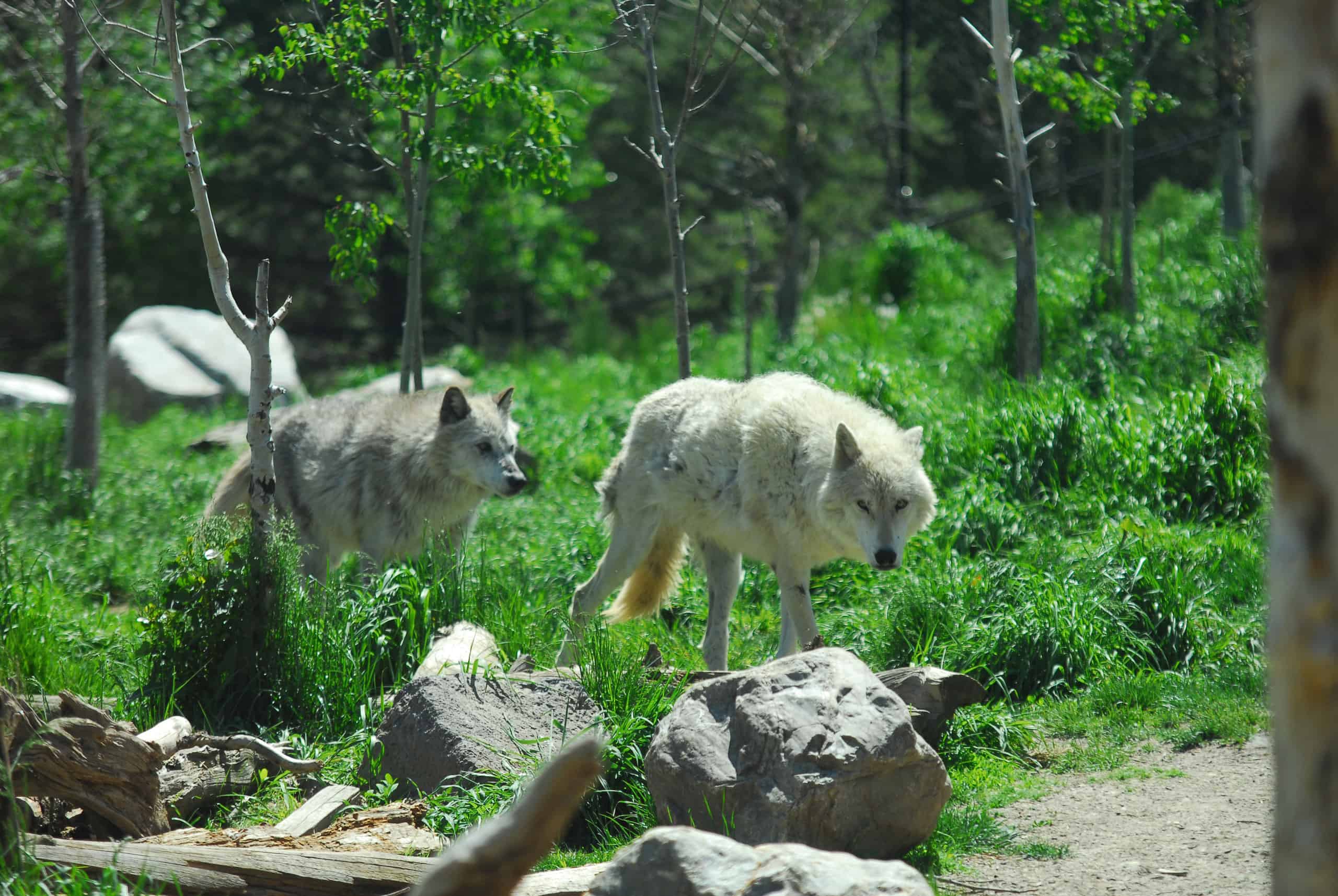
The alpha pair is the only one that can reproduce in a pack.
©MedstockPhotos/Shutterstock.com
Leading the pack is gray wolves — an interesting mammal species that bestows breeding rights on the alpha pair during mating season. Studies show these wolves bond for life but when death does them part, the still-surviving partner will find a new mate quickly. It’s exceedingly rare to find an unpaired gray wolf female.
Lovebirds

Lovebirds nuzzle to show affection and find comfort.
©Danita Delimont/Shutterstock.com
These birds come by their name honestly. Experts and scientists found that lovebirds not only feed each other and snuggle into their partner at night as a form of connection — they exhibit “erratic” behavior after separation. During these periods apart, or if their mate dies, the remaining lovebird demonstrates behavior that looks a lot like what we call depression.
Eurasian Beavers

Eurasian beavers are socially and genetically monogamous.
©iStock.com/TatianaMironenko
Similar to behavior from the gray wolf packs, only one adult pair of Eurasian beavers breed in a colony. The Eurasian beaver practices both social and genetic monogamy for several mating seasons at the very least — if not their lives. Conversely, the North American beaver is only socially monogamous.
Gibbons
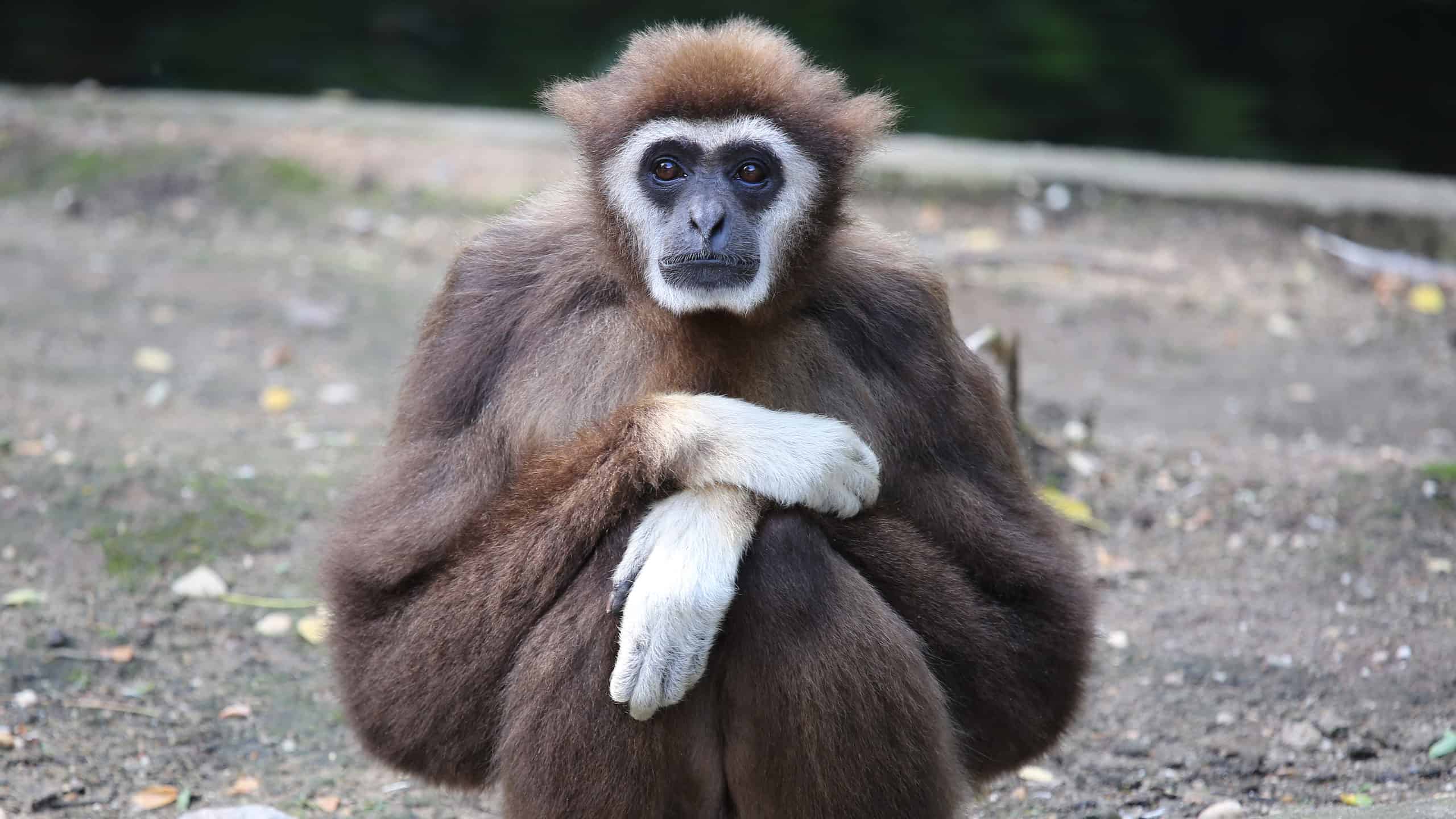
Male gibbons are socially monogamous.
©Edwin Butter/Shutterstock.com
The anthropoid ape, the gibbon, tends to mate for life. Like the dik-dik (mentioned below), the gibbon male may pursue a secondary sexual partner. However, they bond to the primary partner, practicing social monogamy, and partake in a complex song-courting ritual. They even reinforce their bond by grooming each other.
Atlantic Puffins
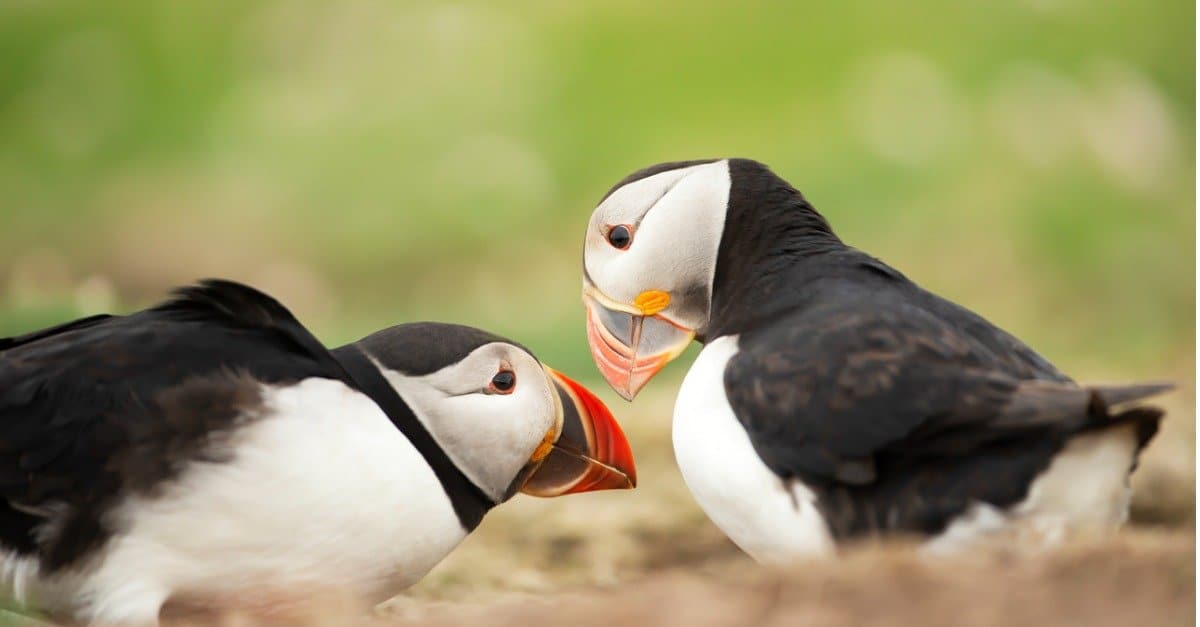
Puffins will winter alone but return to the nest with their partner.
©Giedriius/Shutterstock.com
Experts and scientists widely believe that puffins mate for life. This relationship is both socially and genetically monogamous, though the puffins are more lax on their social monogamy. Puffins will migrate during the year, leaving the nest for winter and spending it alone. During the spring, however, puffin couples will rejoin each other and nest.
Shingleback Lizards
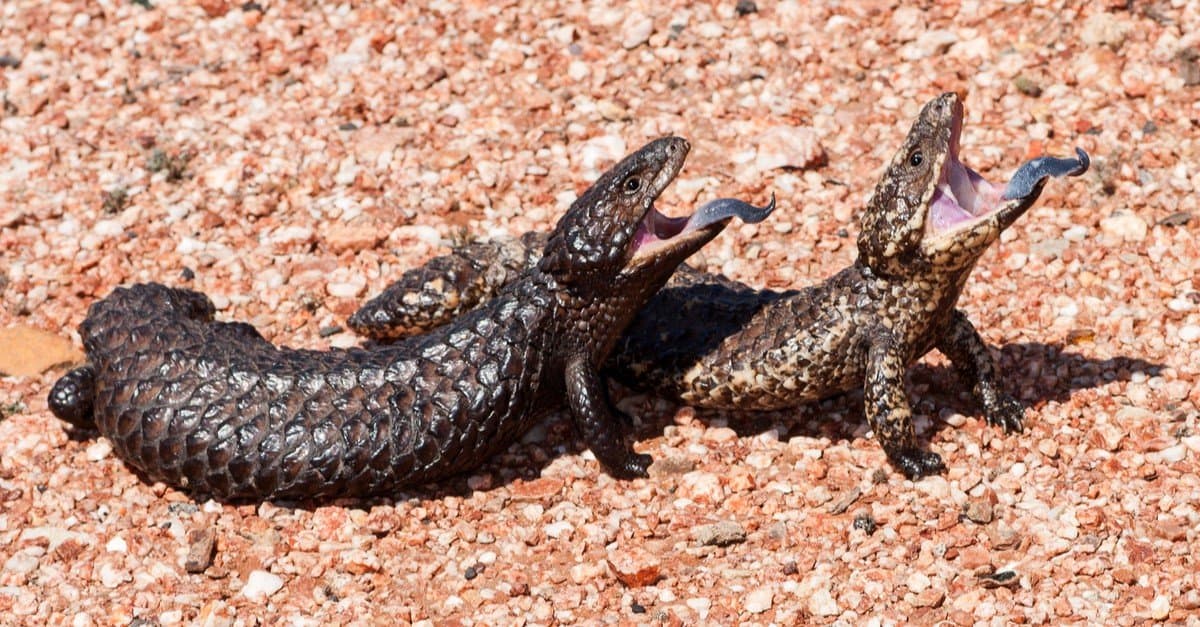
The sleepy lizard tends to mate for life.
©Ken Griffiths/Shutterstock.com
Monogamy in reptiles is rarely seen and researched. However, the shingleback lizard has provided enough evidence for scientists to believe they form short-term social and genetic monogamous relationships. Native to Australia, the shingleback lizard, otherwise known as the sleepy lizard, will choose a partner during the September to November mating season and live as a pair. They tend to re-form these pairings year after year, spending the mating season together before venturing out for the rest of the year on their own.
Sandhill Cranes
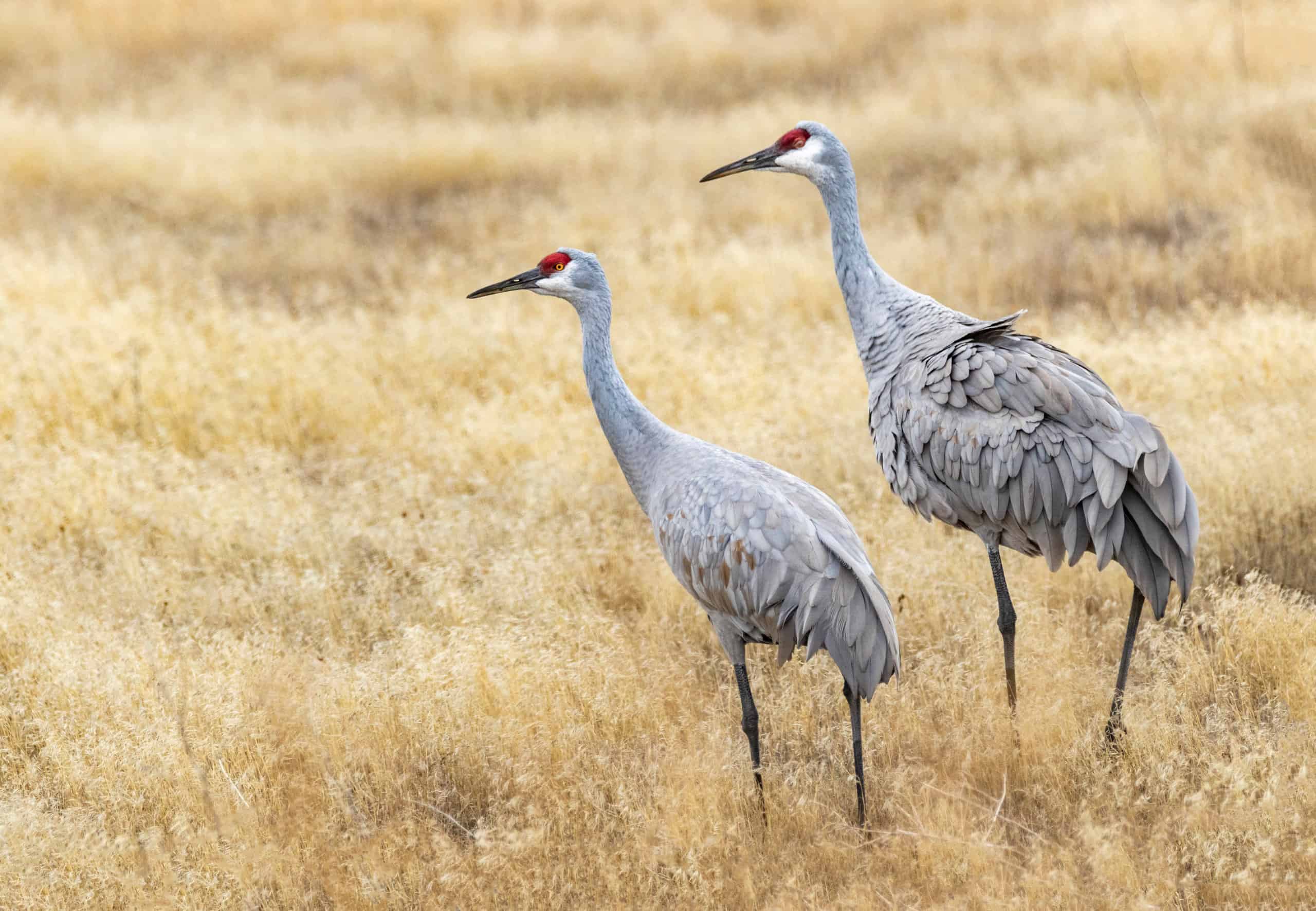
Sandhill cranes will re-couple with their partner each mating season for their lives — if their partner doesn’t perish.
©Michael Chatt/Shutterstock.com
Ornithologists have a variety of species to study for monogamous relationships — one of which is the sandhill crane. Researchers describe these long-legged birds as “perennially monogamous,” which means the birds re-couple every year but do not spend their lives together. Sandhill cranes will find another mate after a “separation” period in which the mate either dies, cannot be found, or has chosen to leave (divorce).
Seahorses
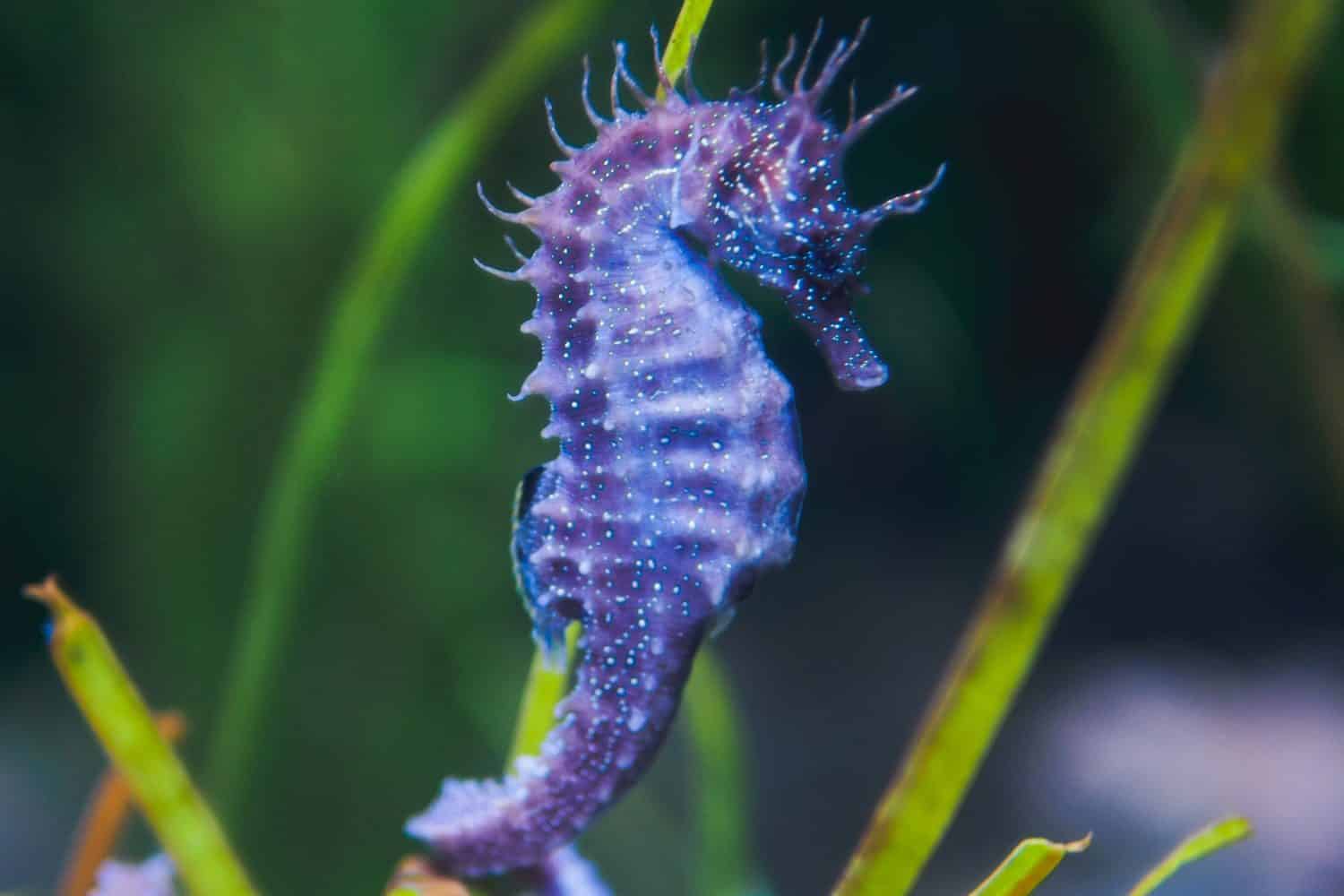
Unlike the related species of pipefish, seahorses are genetically monogamous.
©paulzhuk/Shutterstock.com
Based on research, seahorses practice genetic monogamy but social polyamory. The closely related pipefish take multiple mates, but the seahorse species scientists have studied exhibit “strict genetic monogamy.”
Barn Owl
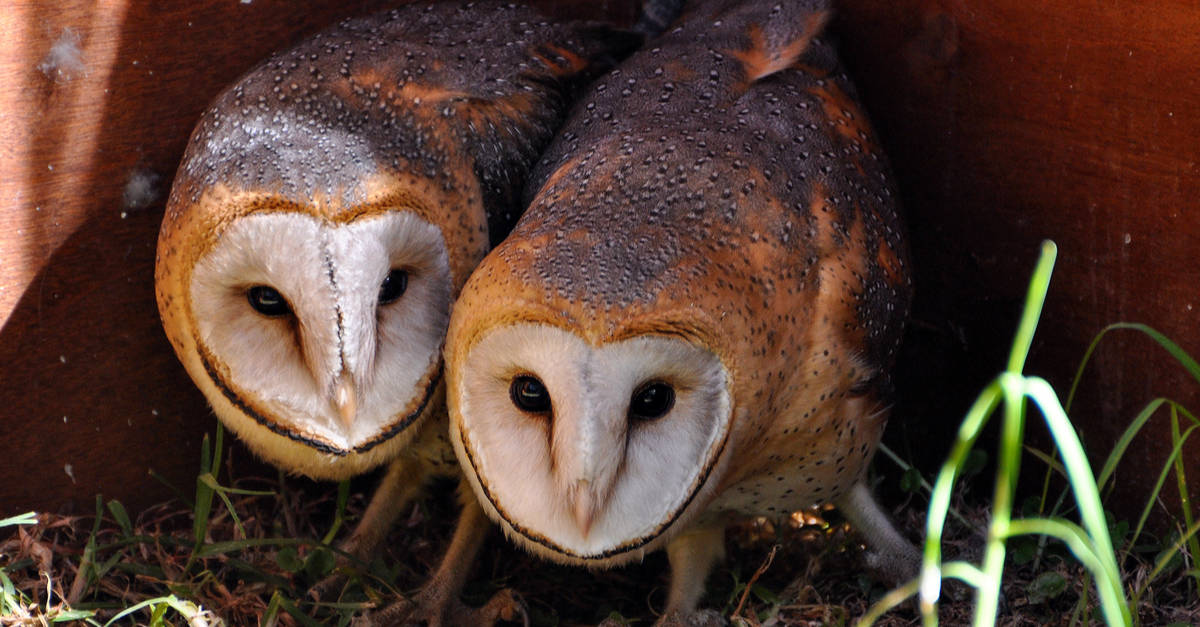
Some barn owls have over-the-top courting dances.
©Mike Browne/Shutterstock.com
Another avian love story is the barn owl. Flashy and performative in their courting, barn owls will demonstrate advertising calls, chase females, and “pretend fight” to prove their worthiness. Once coupled, barn owls remain genetically monogamous for the rest of their lives. Should one partner pass away, the other will tend to find a new mate.
Black Vultures

Black vultures court each other to choose a mate once.
©iStock.com/LagunaticPhoto
The ominous-looking black vulture may symbolize a harbinger of death, but it’s not a death of love. Scientists believe vultures mate for life, practicing genetic monogamy with their partner, and choose to spend more of their time with their families than other solitary individuals of the species. Vultures create a “happy family” of sorts with juveniles maintaining contact with their parents even after they leave the nest by foraging in their social groups and attempting to return to the nest.
Dik-diks
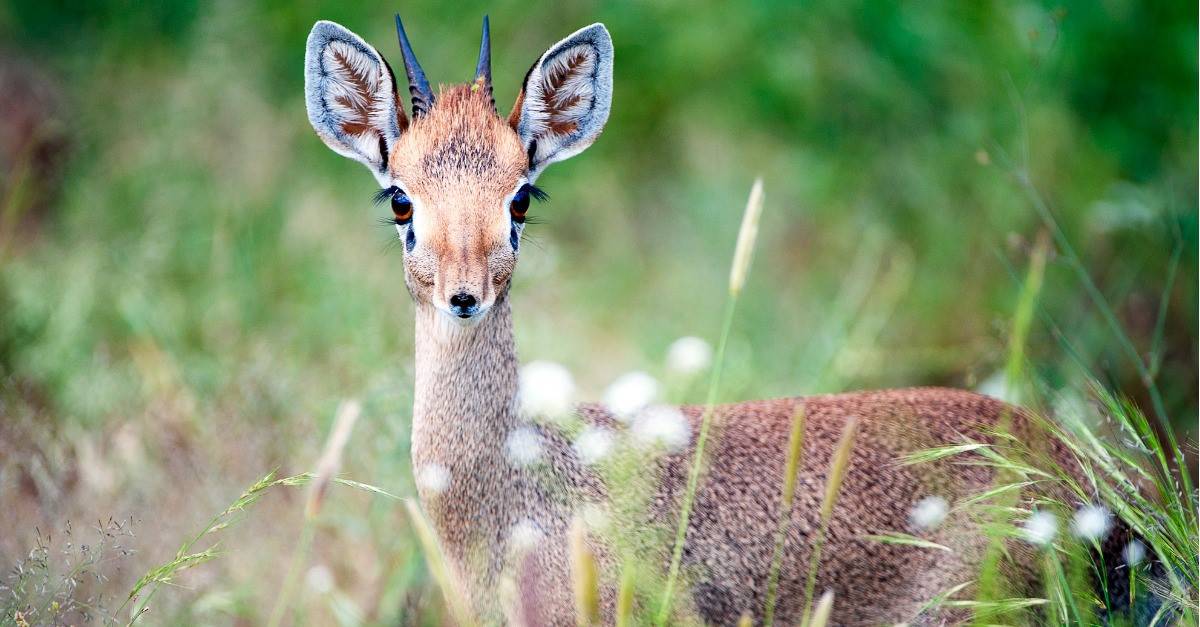
Dik-dik males will take extra partners, but females will not.
©iStock.com/pilesasmiles
Again, monogamous mammals are in short supply. Though only a bit of research exists on dik-dik relationships, the mammal appears to be socially monogamous, with the females of the species being genetically monogamous as well. Experts found that males, on the other hand, pursued options for extra-pair copulation (OPC) partners when the opportunity presented itself. However, in OPC relationships, the “father” figure does not offer his paternal help. His priority is his mate, and the secondary partner simply continues his line.
Albatrosses

The
albatross
courting ritual is interesting to behold.
©iStock.com/slowmotiongli
Despite over 90% of avian species practicing some sort of monogamy, the albatross has a reputation for its strict monogamy. However, the monogamy of an albatross is only socially monogamous. Scientists and experts used to believe they were genetically monogamous as well, but albatrosses engage in OPC outside of their life pair.
Scarlet Macaw
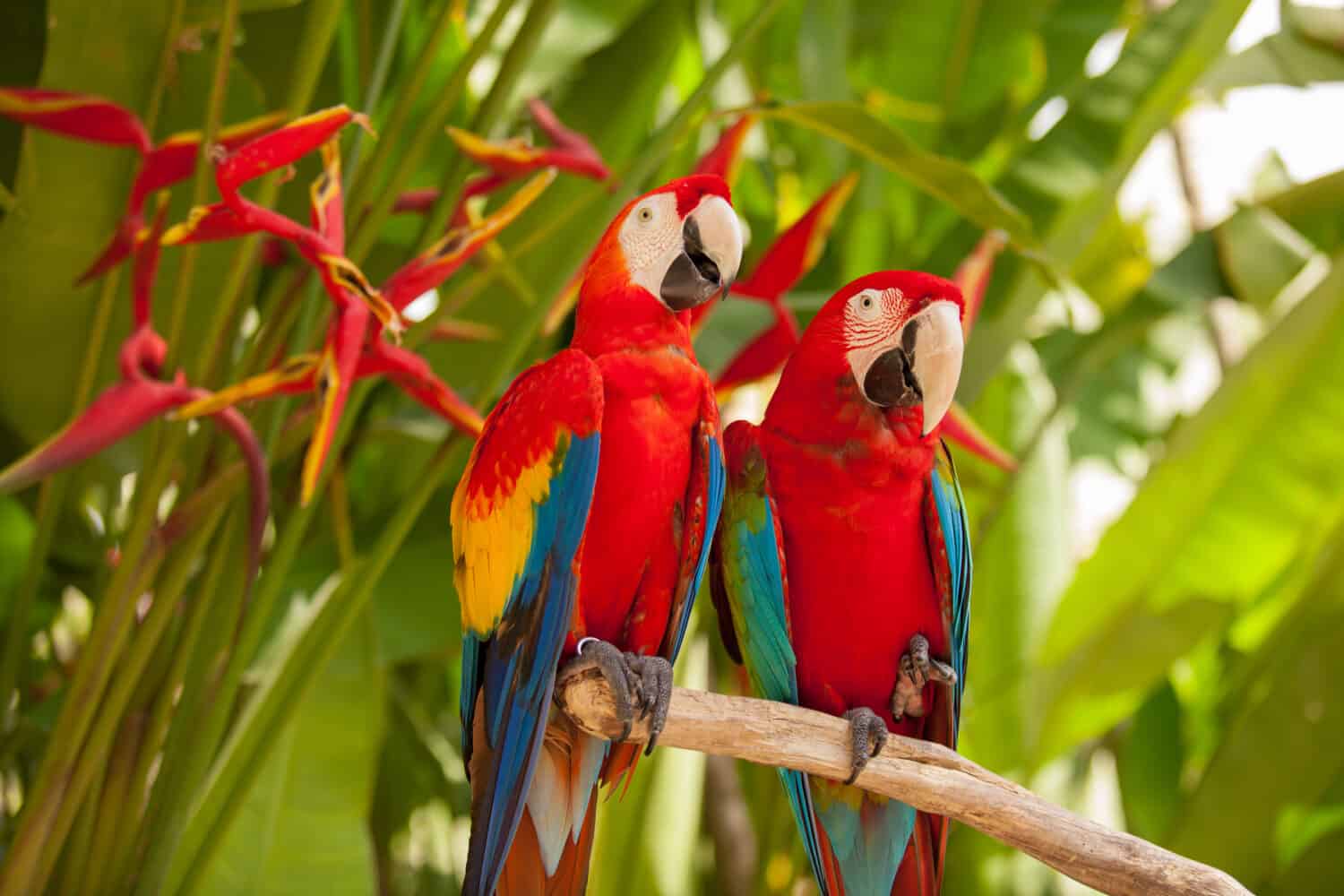
Scarlet macaws are genetically, not socially, monogamous.
©Katia Titova/Shutterstock.com
The iconic species that screams “parrot,” the scarlet macaw is a genetically monogamous species. They flock together in a larger group at night to sleep to stay safe, so they’re not strictly socially monogamous.
Scarlet macaws will breed every other year and stay in the nest with their young until the hatchlings leave the nest.
Geese
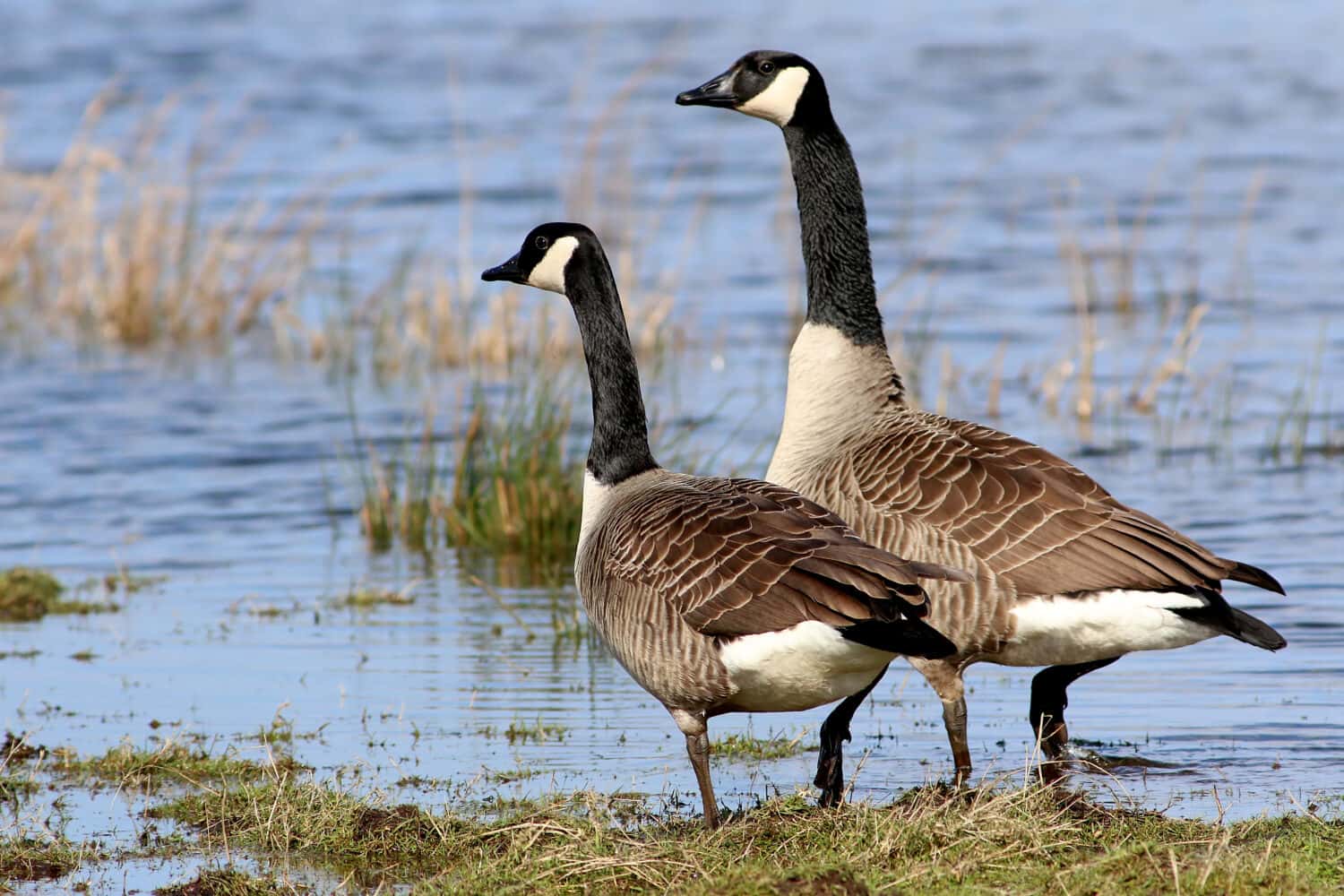
Many geese will risk danger to stay with their mate.
©Ger Bosma Photos/Shutterstock.com
Geese (and the closely related swans) are monogamous birds. Specifically, the barnacle goose, the Canada goose, and the snow goose all choose one mate for life and remain steadfastly loyal. Research even shows that geese will stay with their partner in dangerous situations if they’re injured or sick.
Pigeons
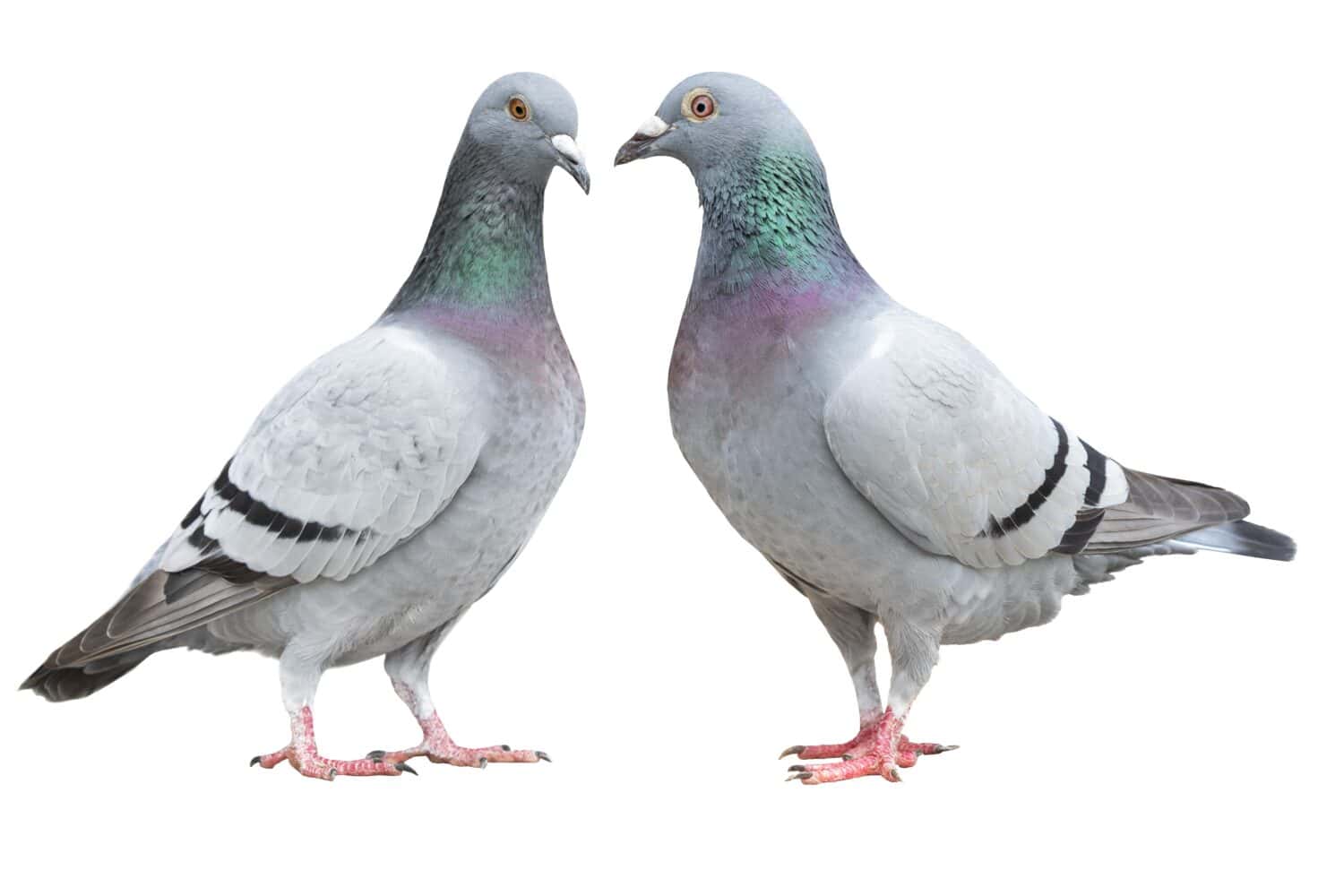
Pigeons take a vested interest in parenting together.
©stockphoto mania/Shutterstock.com
Pigeons practice both social and genetic monogamy. Unlike some of the other species on the list, the pigeon is slow to accept a new mate if their previous one dies. Pigeons take an active role in dividing the parental responsibilities in their relationships: the males will gather resources and protect the nest while the female tends to the clutch — of which they have five or six a year.
Bald Eagle

If a partner dies, the remaining eagle will re-pair.
©Wirestock/ via Getty Images
The cartwheel display of the regal bald eagle remains one of the most interesting coupling behaviors to behold. This iconic bird species mate for life, practicing social and genetic monogamy. If their mate dies, they will find another. They are solitary birds, migrating alone most of the year, but will come back to the same nest during the breeding season to produce a clutch.
California Condors
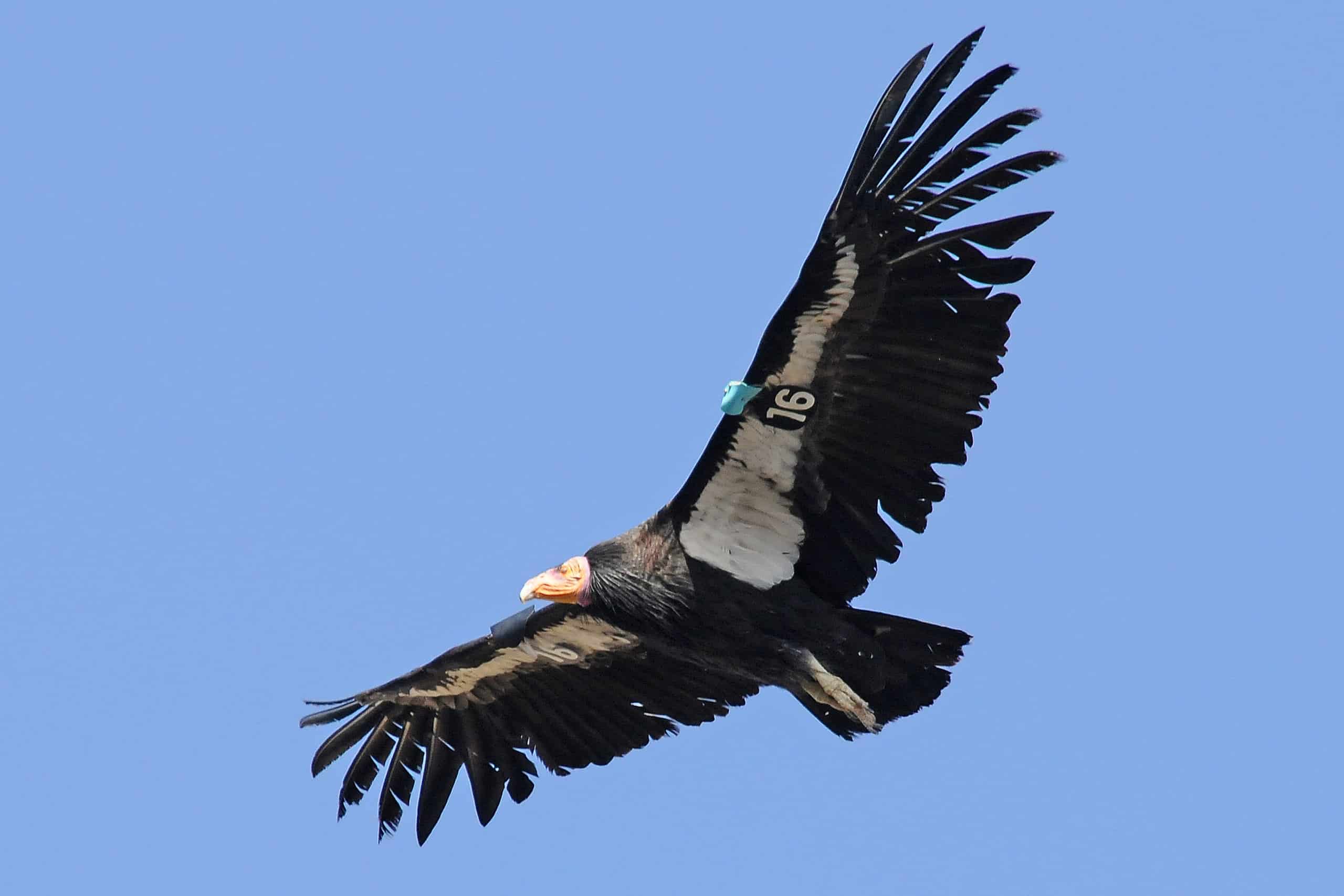
Condor pairs “shop” for their new home together.
©Brian A Wolf/Shutterstock.com
Once these birds reach sexual maturity around six years old, they will choose a mate to stay with for years… or life, depending on their region and needs. The pairs hunt for nest options together during their courtship — and the female gets to choose the place where she’d like to nest and begin caring for their clutch.
Cockroaches

Cockroach
pairs eat each others’ wings.
©iStock.com/Wi6995
Cockroaches are monogamous in both social and genetic situations. They have interesting mating behavior, including devouring each others’ wings after copulation. Scientists speculate this benefits the species, not in strength, but in creating healthy colonies together. The behavior seems evolutionary, as wings allow cockroaches to find food and escape predators. Without the wings, the safest place is next to their mate, in the safety of the colony they created together.
A Mate Picked by Fate
Whether they’re monogamous in a social or genetic situation, the animal species above choose one partner and stay with them for their predetermined amount of time. Avians tend to be the most monogamous out of the animals
The photo featured at the top of this post is © iStock.com/GummyBone
Thank you for reading! Have some feedback for us? Contact the AZ Animals editorial team.






